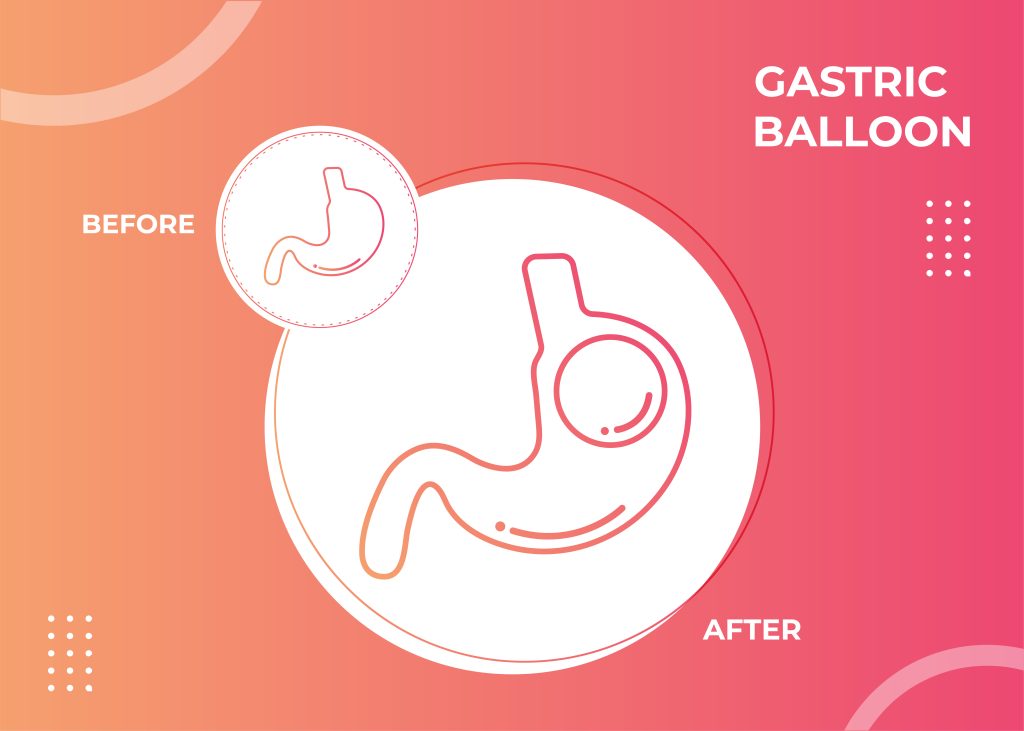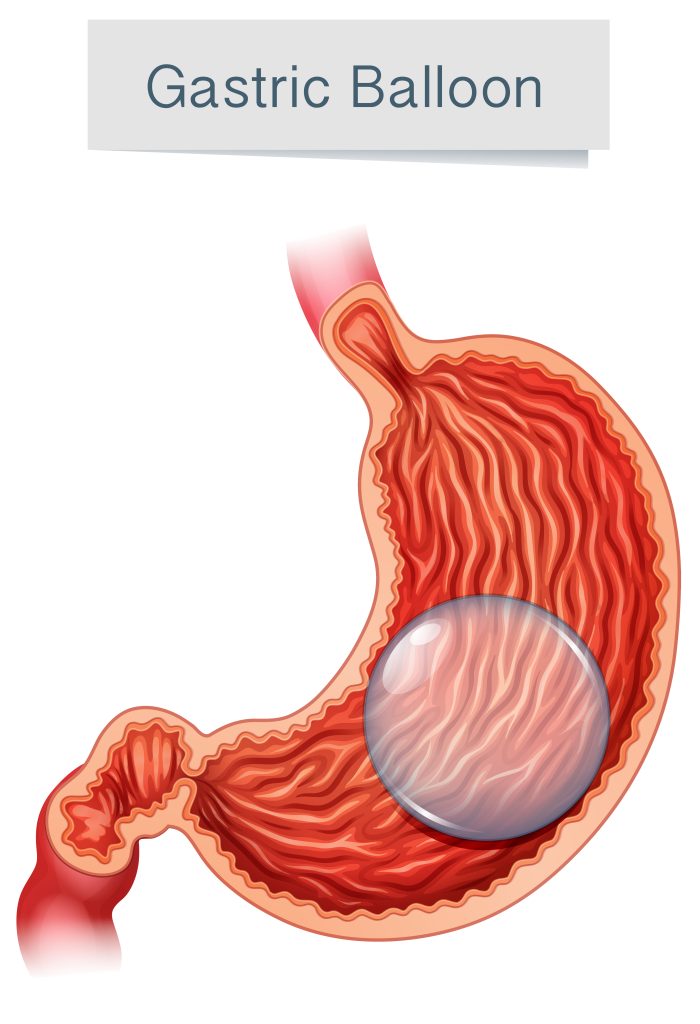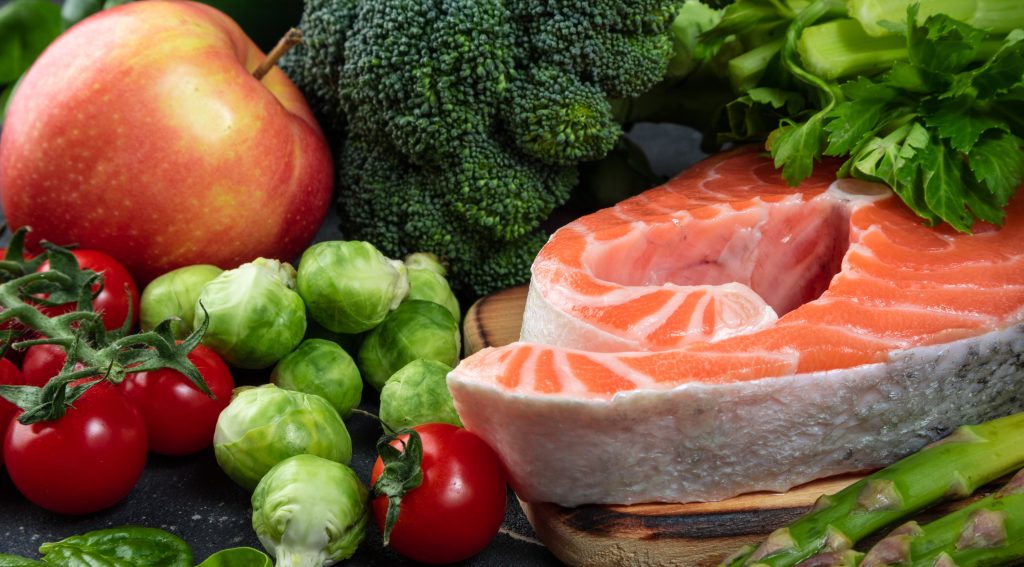Intragastric Balloon
The intragastric balloon is an innovative and less invasive obesity treatment option. It involves inserting a medical device into the stomach to temporarily reduce its capacity. This procedure is performed by a healthcare professional using an endoscope, eliminating the need for surgery.

Who Intragastric Balloon for?
- The body mass index (BMI) falls within the range of 30 to 40.
- Ready to make a commitment to adopting a healthy lifestyle, receiving consistent medical check-ups, and actively engaging in behavioral therapy.
- No surgeries in the past have been performed on the stomach or esophagus.
Benefits of Gastric Balloon
- Non-Surgical Option: Unlike weight loss surgeries like gastric bypass or sleeve gastrectomy, the gastric balloon procedure does not necessitate any surgical cuts. This makes it an appealing choice for individuals desiring a temporary and less intrusive solution to lose weight.
- The time it takes to recover after getting a gastric balloon is usually less compared to surgical procedures. Because there are no cuts made, the chances of complications and infections are greatly minimized.
- The gastric balloon is usually used alongside a complete weight loss program that includes changes in diet and lifestyle. This assists patients in forming healthier routines, which in turn makes it simpler to sustain weight loss in the long run.
- Short-Term Fix: The intragastric balloon is not a permanent fixture and is typically taken out within six months. This enables patients to assess their advancements and, if needed, consider alternative methods for losing weight.
- Ideal for individuals with a lower body mass index (BMI), the gastric balloon is a practical alternative for those who may not meet the criteria for bariatric surgery, which is generally recommended for individuals with a higher BMI.
How will I be prepared for the procedure?

A medical professional will discuss the potential drawbacks, advantages, and other options related to the treatment and obtain your agreement based on your understanding. They will typically prescribe medication to reduce acid reflux both during and after the procedure. A few days prior to the procedure, you will be instructed to follow a diet consisting of only clear liquids to ensure your stomach is empty. The evening before the procedure, they will request that you refrain from eating or drinking anything after midnight.
What happens during the procedure?
The insertion of a gastric balloon typically lasts for only 15 minutes. It is conducted in a non-hospital environment while the patient is under light anesthesia or a mild sedative. Although there might be some discomfort, the procedure is usually without pain.
The surgeon who helps with your weight loss will place a deflated gastric balloon into your stomach by going through your mouth and down your oesophagus. This will be done using a thin and flexible tube with a camera and light attached to one end, known as an endoscope.
Afterwards, the sterile saline is promptly injected into the balloon using a small filling tube known as a catheter, which is connected to the balloon. In six months’ time, the gastric balloon is deflated and taken out through an endoscopic procedure, mirroring the way it was initially inserted.
A novel form of gastric balloon known as the gastric balloon pill capsule has emerged. This capsule is easily ingested and, upon reaching the upper portion of the stomach, it is inflated using gas transmitted through a slender tube connected to the balloon. The gastric balloon pill capsule does not necessitate sedation and must be taken out after a span of six months.
What to eat after the operation?
Patients are allowed to consume limited quantities of transparent fluids approximately six hours after the procedure. This liquid-based diet usually persists until the beginning of the second week, at which point they can introduce soft foods. It is typically expected that they will be able to resume a regular diet around three weeks after the procedure.

Patients can safely consume foods such as fish, chicken, meat, eggs, a small amount of fruit, tea, and linden. On the other hand, they should avoid consuming chocolate, pastries, pies, acidic drinks, and fried foods.
How much weight can one expect to lose with a gastric balloon?
The amount of weight loss experienced with a gastric balloon can vary from person to person and is influenced by several factors, including individual characteristics, adherence to the weight loss program, and lifestyle changes made during treatment. On average, patients can anticipate to shed a significant amount of excess weight over the six-month duration that the gastric balloon is in place. Research has revealed that individuals with a gastric balloon can achieve an average weight loss of approximately 10% to 15% of their total body weight during treatment. For instance, if someone weighs 90 Kilograms, they may lose roughly 9 to 15 Kilograms using the gastric balloon.
Treatment in Türkiye:
The medical staff of surgical teams, doctors, and consultants at REHABTÜRK can provide the best treatment options and free consultations, striving to stay up-to-date on the latest medical technologies and methods.
